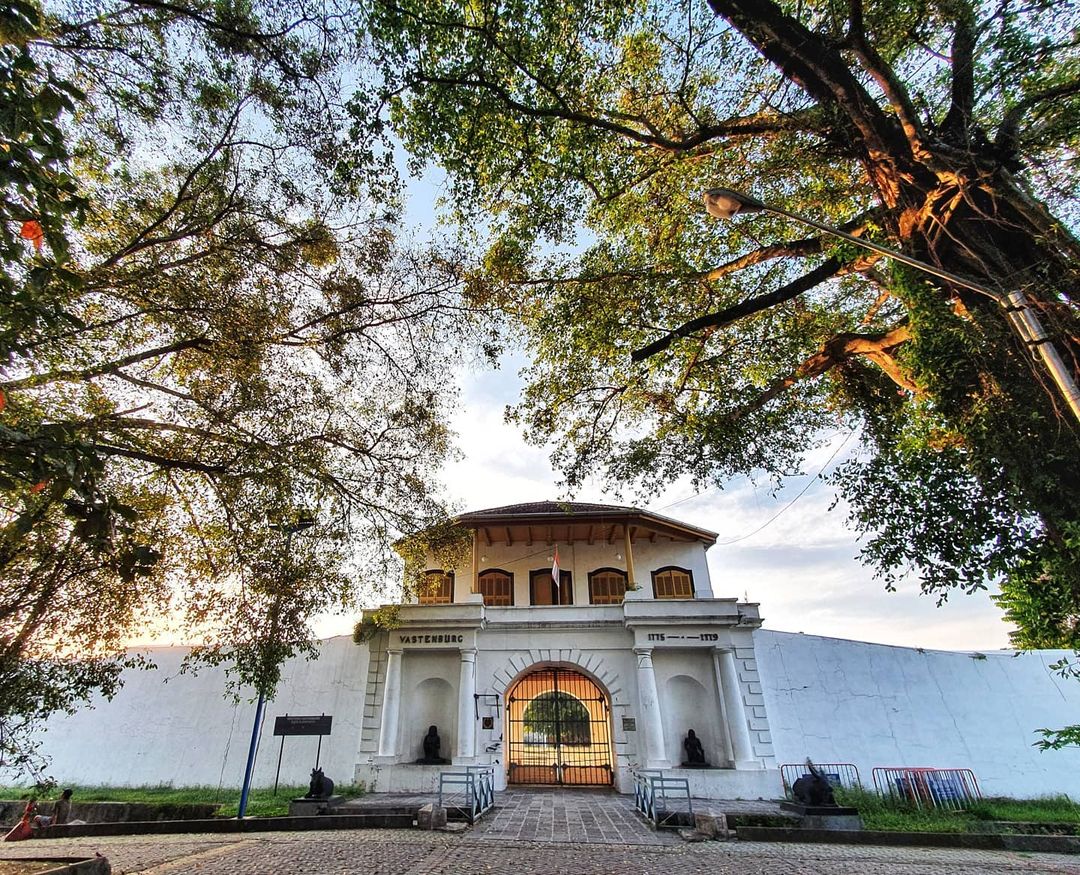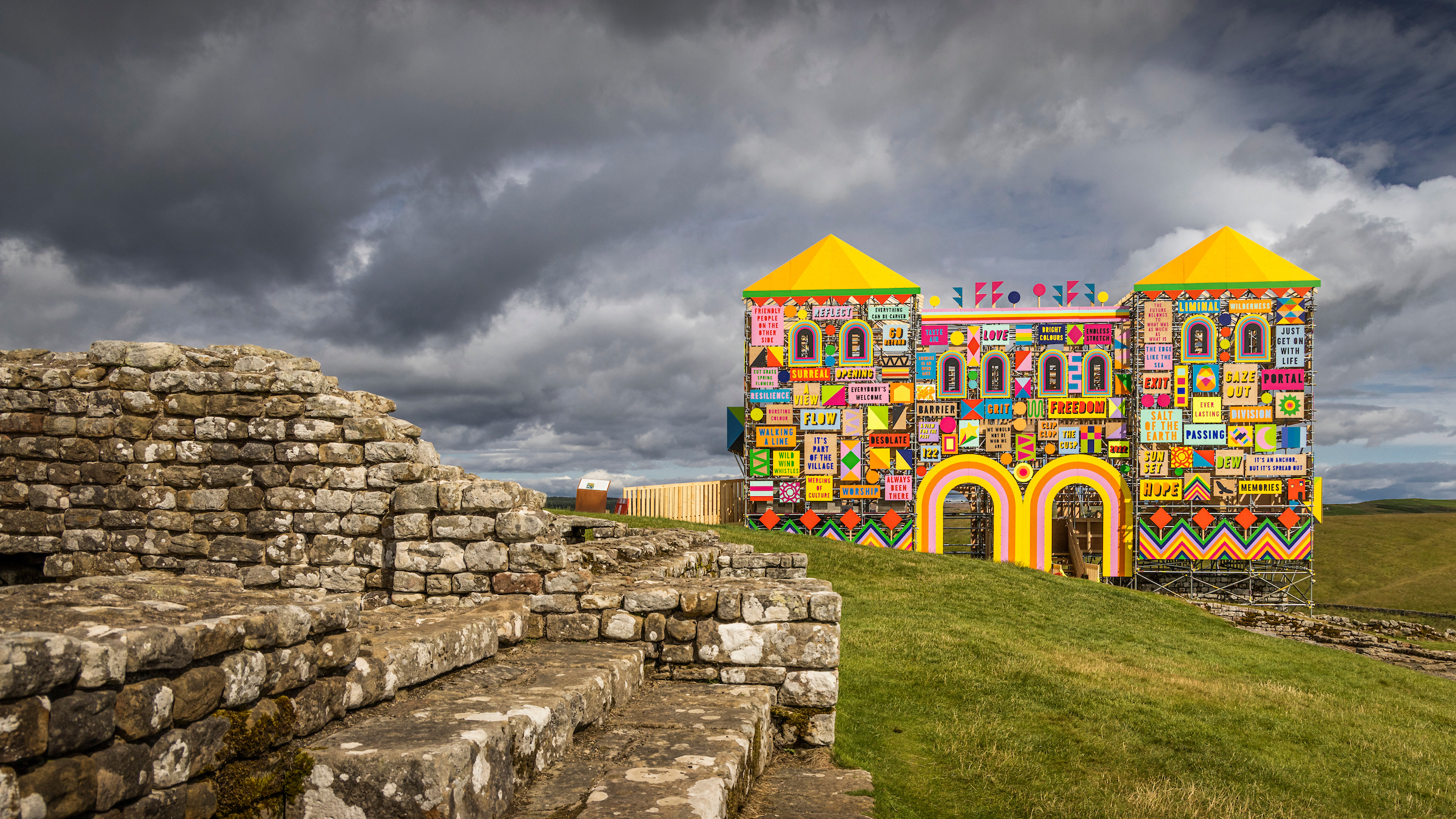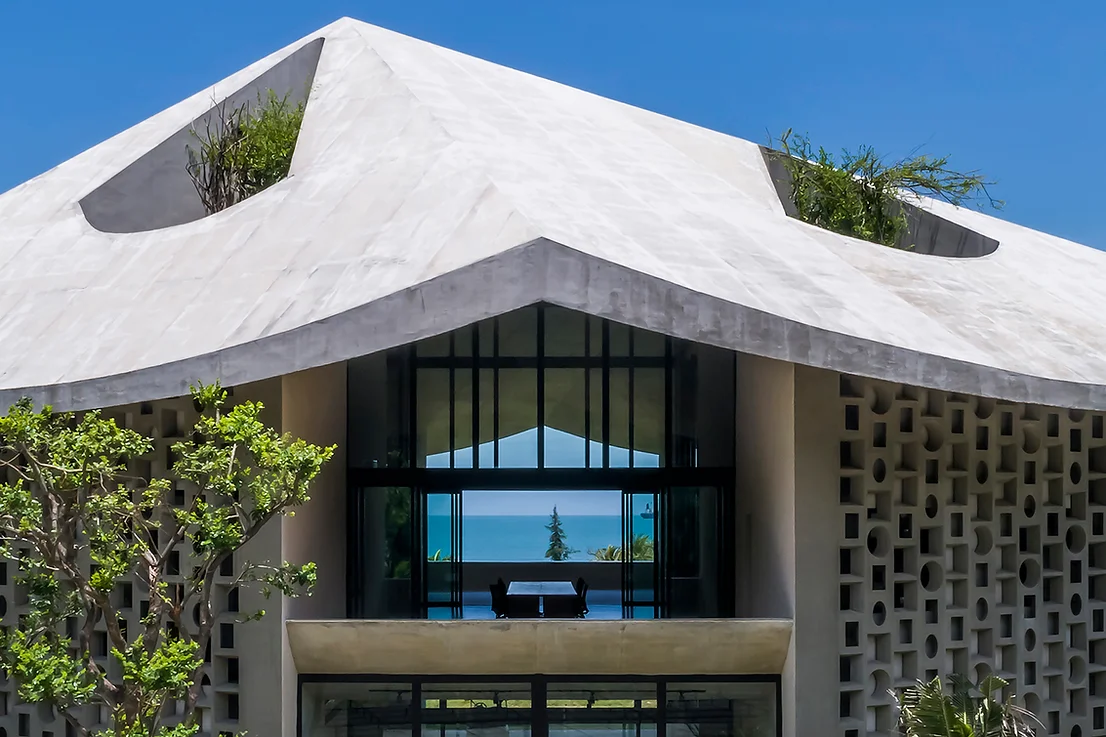Reuse of Buildings, Effort to Preserve History and Sustainability
Reusing historic buildings is nothing new, it has been done throughout history to save resources, time, materials, and expertise, even maintaining buildings, whether by calculation or not. Cultural heritage is a record of the overall cultural, architectural, artistic, sociological, economic, and environmental aspects of space and time, not just objects through preservation, maintenance, and adaptive reuse breathes into our cultural heritage and more relationships with local communities that are partners, and their satisfaction shows how successful reuse has been.
The movement of basic intervention in the historical preservation of heritage buildings since the mid-19th century has been framed in the dualism of the Restoration and Anti-restoration movements. Although the goals of these two approaches are partially identical, since both are geared towards protecting historical buildings and works of art, their methods often need to be revised, sometimes generating significant conflicts. The emergence of the Anti-restoration movement calls for conservation and maintenance to protect ancient buildings; this movement considers architecture to provide memories for a nation, and the architecture of the past is a legacy of modern human engineering that must be preserved as a living memory of the past.
The posterior modern conservation movement came to unite the two trends and to emphasize historical, aesthetic, and use values and respect for original materials based on the critical historical restoration of works of art, which were later reflected at the international level and the Venice Charter. The movement divides these values into two categories: commemorative and present values, and suggests that the reuse of historic buildings is the most important part of preserving modern architecture based on the value of architectural use.
 Ancient Buildings YANLORD TANG SONG, Photo by Moyun Visual
Ancient Buildings YANLORD TANG SONG, Photo by Moyun Visual
These movements developed and organized as the Madrid Conference of 1904 classified monuments into two groups: dead monuments from earlier civilizations and living monuments still in use, and recommended minimal intervention and restoration. In the 1931 Charter of Athens, conservative principles rather than style restoration gained international support. This was followed by international committees and cultural heritage institutions concerned with heritage affairs and preservation (UNESCO 1945, ICOM 1946, ICCROM 1946). The Venice Charter of 1964 establishes guidelines for the level of intervention in conservation and restoration work. Australia's Burra ICOMOS Charter (1979) encourages assessing the importance of heritage property based on a value-based approach. And at the beginning of the 21st century, the integration of heritage preservation into a comprehensive sustainable development agenda appeared in the Budapest Declaration of 2002 under the explicit title "effective and sustainable conservation of World Heritage properties".
However, Since 2019, with the outbreak of the Coronavirus, the increase in office vacancy rates in many urban centers around the world, and the spread of quarantine, work, and remote communication, several trends have emerged to transform the use of office space into livable residential units, especially in capital cities and megacities, which reinforces the need for thinking to transform Use into a legacy that is flexible and adapted to the conditions of this era.
 Benteng Vastenburg, Source by Badan Otoritas Borobudur
Benteng Vastenburg, Source by Badan Otoritas Borobudur
In today's world, more and more attention is being paid to adaptive reuse of buildings in general and heritage buildings in particular. Many buildings have lost their main functions and can be adapted to accommodate new functions. Adaptation is rooted in a combination of 'ad' (to) and 'aptare' (fit) and means the act or process of adjustment. Although implementing new uses in old structures is not new, the term 'Adaptive Reuse' (AR) emerged in the 21st century. In its classical definition, it refers to changes in usage. Therefore, many of its definitions revolve around the concept of 'performance change', i.e. the process of converting a building for a new use, in contrast to its original purpose of construction.
 Selasar Malioboro, Source by Visitingjogja
Selasar Malioboro, Source by Visitingjogja
Adaptive Reuse is one way to build conservation efforts. In general, adaptive reuse is used as an alternative to protect and maintain historical buildings with steps to transform old functions into new functions that benefit the surrounding community and the region. Adaptive reuse of buildings is a key strategy of sustainable development. It provides a profitable economic and social way to provide a previously unused new building for a new life lease. This minimizes the need, which is hardly unusual.
 Selexyz Dominicanen Maastricht Church, Photo by Bert Kaufmann
Selexyz Dominicanen Maastricht Church, Photo by Bert Kaufmann
Until now, the development of the Adaptive Reuse concept is still very dynamic, coupled with the rapid development of technology can be a threat or advantage. Thus, it is appropriate to carry out extra supervision so that fatal mistakes do not occur in the future. Supervision, understanding, and concern for history must be strengthened for the benefit of the future. There have been many examples of success and failure in maintaining history, in this case, buildings that are silent witnesses in developments that occur in the world; it is appropriate to add sensitivity to history so that it does not just disappear.












Authentication required
You must log in to post a comment.
Log in